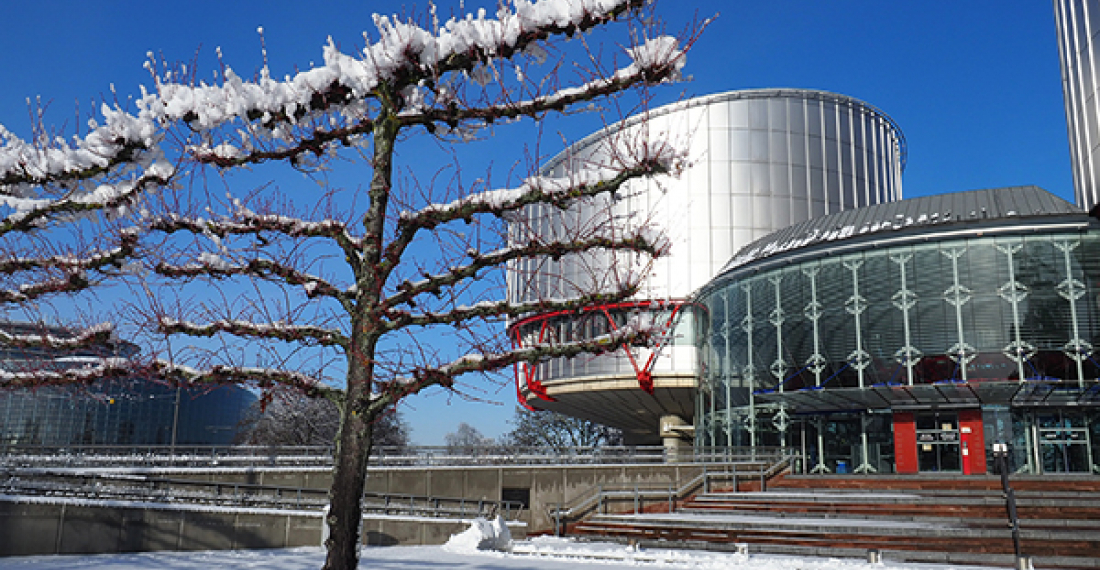The European Court for Human Rights in Strasbourg has slammed Russia for violations of human rights in Abkhazia and South Ossetia and held it responsible for actions that took place in the territories in the aftermath of the 2008 Georgia-Russia War
The Court on Thursday (21 January) delivered its judgment in the inter-State case of Georgia vs Russia concerning allegations by the Georgian government that certain administrative practices of the Russian Federation had breached the Convention, in the context of the armed conflict between the two States in August 2008.
In the Court’s view, the events which took place during the active phase of the hostilities (8 to 12 August 2008) did not fall within the jurisdiction of the Russian Federation. However, it held that the Russian Federation had exercised “effective control” over South Ossetia, Abkhazia and the “buffer zone” during the period from 12 August to 10 October 2008, the date of the official withdrawal of the Russian troops. After that period, the strong Russian presence and the South Ossetian and Abkhazian authorities’ dependency on the Russian Federation indicated that there had been continued “effective control” over South Ossetia and Abkhazia. The Court therefore concluded that the events occurring after the cessation of hostilities – that is, following the ceasefire agreement of 12 August 2008 – had fallen within the jurisdiction of the Russian Federation. It found a number of violations of the Convention.
Prisoners of War
An important part of the ruling was related to prisoners of war.
The Court observed that cases of ill-treatment and torture of prisoners of war by South Ossetian forces had been mentioned in the various sources available to it. At the witness hearing in Strasbourg, two witnesses had described in detail the treatment that had been inflicted on them by the South Ossetian and also the Russian forces. The Court considered that it had sufficient evidence to enable it to conclude that Georgian prisoners of war had been victims of treatment contrary to Article 3 of the Convention inflicted by the South Ossetian forces. Even though the direct involvement of the Russian forces had not been clearly demonstrated in all cases, the fact that the prisoners of war fell within the jurisdiction of the Russian Federation meant that the latter had also been responsible for the actions of the South Ossetian forces. Although they had been present at the scene, the Russian forces had not intervened to prevent the treatment complained of. The Court found that the ill-treatment inflicted on the Georgian prisoners of war had to be regarded as acts of torture within the meaning of Article 3 of the Convention. Such acts were particularly serious given that they had been perpetrated against prisoners of war, who enjoyed a special protected status under international humanitarian law. The Court concluded that there had been an administrative practice contrary to Article 3 of the Convention as regards the acts of torture of which the Georgian prisoners of war had been victims. There had therefore been a violation of Article 3, and the Russian Federation was responsible for that violation.
The full judgement of the European Court for Human Rights in the case Georgia vs Russia is available on the Court website here.
source: commonspace.eu with the press service of the European Court for Human Rights
photo: The ECHR (archive picture)






